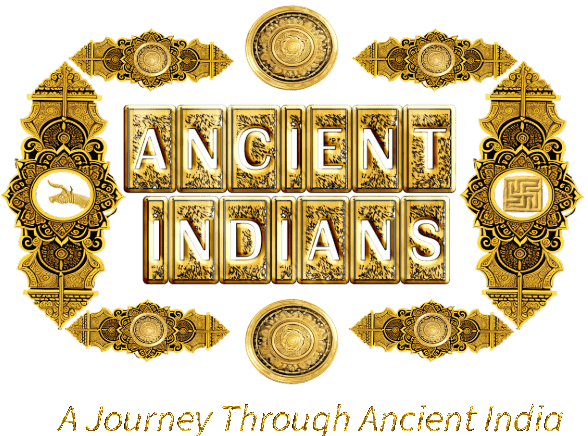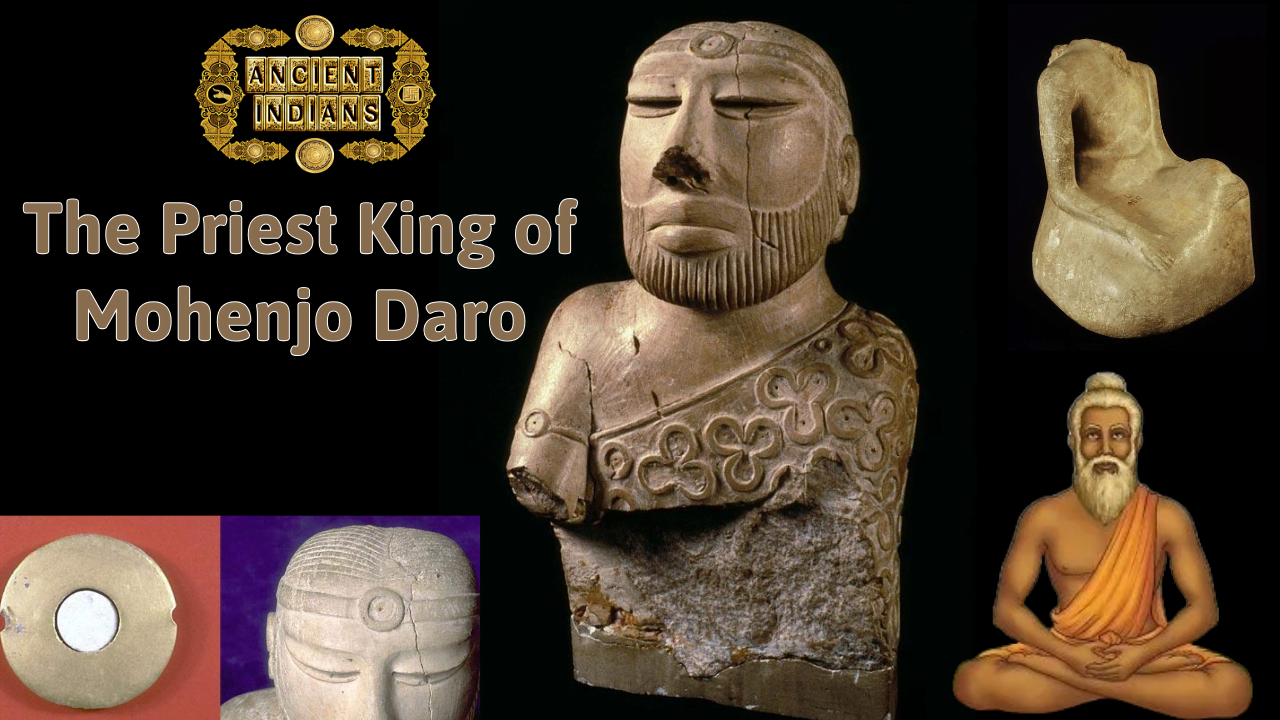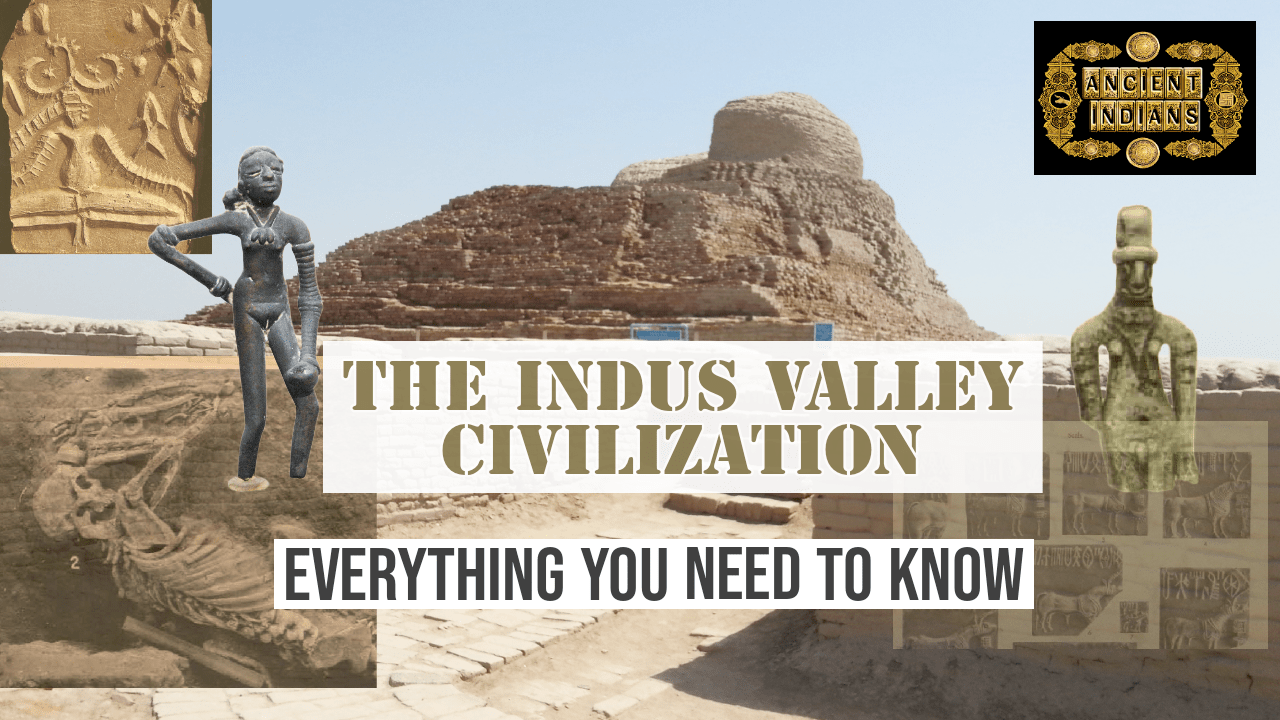Mohenjo Daro was discovered in 1922 when archaeologist Rakhal Das Banerjee began exploring the region.
The discovery of Mohenjo Daro was a significant milestone in the study of ancient India and of ancient civilizations collectively. Excavations at the site uncovered a well-preserved city that offered a glimpse into the daily life and culture of the Indus Valley Civilization and provided valuable insights into the advanced urban planning, architectural techniques, lifestyle, and religious practices of the ancient Indians.
The Story of the Discovery of Mohenjo Daro

The story of Mohenjo Daro’s discovery is intriguing. Despite the British Indian government’s awareness of its existence in the Sindh region, the site lay ignored due to the British focus on the search for prehistoric sites in India. Mohenjo Daro was considered archaeologically insignificant, as it was believed to belong to the Kushan period due to the existence of a prominent mound at the site that resembled a Buddhist stupa – a characteristic architectural feature of the Kushan era. This mound lent its name to Mohenjo Daro, which translates to ” The Mound of the Dead” in Sindhi.
The discovery of coins from the Kushan Empire at the site in the past further strengthened the notion that it belonged to the Kushan period.
But in 1922, when an officer with the Archaeological Survey of India, Rakhal Das Banerjee, obtained permission to briefly excavate around the Mohenjo Daro mound( to uncover the stupa-like structure), his plans took an unexpected turn when he discovered prehistoric seals resembling those found in Harappa, Punjab, just one year earlier.
As he excavated further, a prehistoric, large, well-planned city belonging to an unknown ancient civilization in India began to emerge.
The Sophisticated Urban Planning

One of the most remarkable features of Mohenjo Daro was its sophisticated urban planning. The city was laid out on a grid system(as with all Indus cities), with streets running at right angles to each other. This organized layout indicated a high level of town planning and suggests that the city was carefully designed to accommodate a large population. The streets were wide and well-maintained, with a complex drainage system that ensured the efficient disposal of waste and rainwater.
The Advanced Architecture
The architecture of Mohenjo Daro was also highly advanced for its time. The buildings were constructed using kiln-fired bricks, which were uniform in size and shape. This standardized approach to construction indicates a level of technological sophistication that was not commonly seen in other ancient civilizations. The buildings themselves were multi-story structures, with some reaching up to three stories high. They were adorned with intricate carvings and decorative motifs, showcasing the artistic prowess of the ancient inhabitants.
Social and Cultural Insights
In addition to its impressive urban planning and architecture, Mohenjo Daro also revealed valuable insights into the social and cultural aspects of the Indus Valley Civilization. The city had a well-defined social structure, with evidence of different types of housing for different classes of people. The presence of public baths and granaries suggested a level of communal living and centralized administration. The discovery of seals and artifacts with Indus script provided a tantalizing glimpse into the written language of the ancient Indians, although it remains undeciphered to this day.
The Citadel and the Lower City
The excavations at Mohenjo Daro have provided valuable insights into the city’s architecture and urban planning. The well-planned city, covering an area of approximately 250 acres, was divided into two distinct sections: the Citadel and the Lower City. The Citadel, located on the western side, was the higher and fortified part of the city. It housed various public buildings, including the renowned Great Bath, granaries, and an assembly hall. The Lower City, situated on the eastern side, was primarily a residential area characterized by numerous houses and narrow streets.
The Architectural Marvels
The architectural marvels of Mohenjo Daro are a testament to the advanced engineering skills of its inhabitants. The houses, constructed using baked bricks, boasted flat roofs and multiple rooms, showcasing a level of sophistication rarely seen in that era. The streets of the city were meticulously laid out in a grid pattern, intersecting at right angles, which further emphasized the meticulous urban planning.
The Great Bath
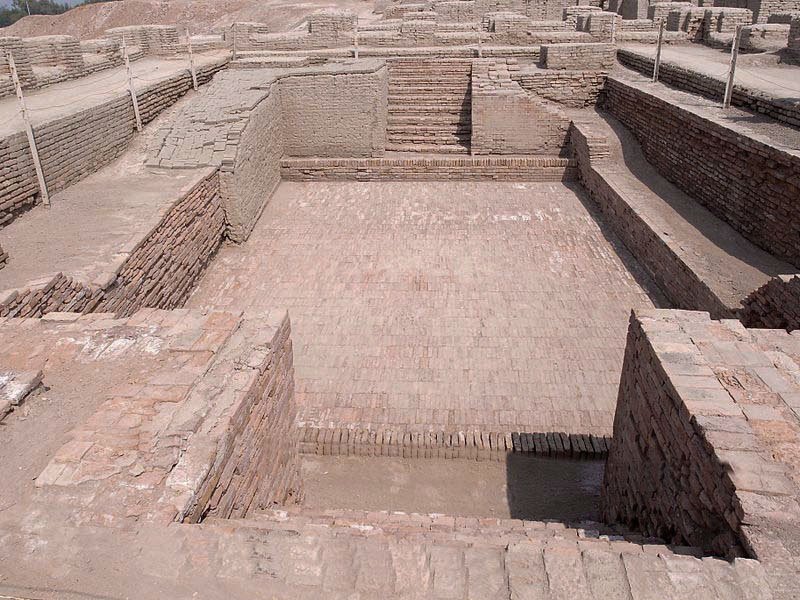
Among the notable structures discovered at Mohenjo Daro, the Great Bath stands out as an iconic symbol of the city’s ingenuity. This massive water tank, measuring approximately 39 feet long, 23 feet wide, and 8 feet deep, was meticulously constructed using finely fitted bricks and coated with a thick layer of bitumen. The purpose of the Great Bath is believed to have been twofold: it served as a public bathing area for the residents of Mohenjo Daro, while also playing a significant role in various religious and ritualistic practices.
The Advanced Drainage System
The drainage system in Mohenjo Daro was a testament to the advanced engineering skills of the ancient Indus Valley Civilization. The city’s planners understood the importance of proper sanitation and waste management, and they implemented a system that was far ahead of its time.
Sophisticated Design: Mohenjo-Daro’s drainage system wasn’t a simple network of ditches. It was a multi-tiered system with:
- Households: Homes had individual drains built into the walls, which channeled wastewater into the street drains.
- Street Drains: These were typically made of baked bricks, carefully fitted together and sealed with mortar. Specialised bricks formed corners for a smooth flow. Many drains were covered with baked bricks or limestone slabs for safety.
- Inspection and Cleaning: Openings at regular intervals in the drains allowed for inspection and cleaning to prevent blockages.
- Hierarchical Network: Smaller street drains connected to progressively larger ones, eventually leading the wastewater outside the city.
Material and Construction: Like most of the city, baked bricks were used for the construction of the drains. Baked bricks are more durable and water-resistant than sun-dried mudbricks.
Waste Disposal: Vast sewers carried the city’s wastewater outside, where it was disposed of in cesspits or various types of ponds. However, the exact methods of final wastewater disposal are still being debated by archaeologists.
During the 2022 floods in Pakistan, while the adjacent city of Larkana was drowning in four feet of water, it was the 5000-year-old fully operational drainage system of Mohenjo Daro that archaeologists believe played a big role in protecting the site.
The Significance of Artifacts
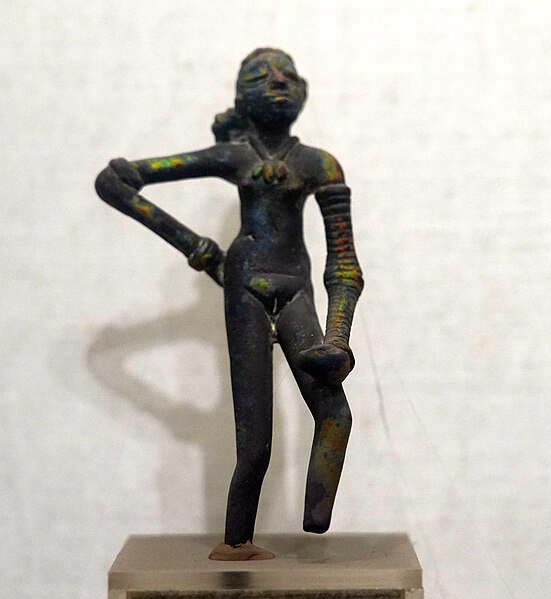
The artifacts discovered at Mohenjo Daro not only provide valuable insights into the daily life and culture of the ancient Indus Valley Civilization but also shed light on the significance of this ancient city in terms of trade and connections with other regions. The pottery found at the site is a testament to the fine craftsmanship and artistic skills of the ancient Indians. The intricate designs and attention to detail on these pottery pieces reveal the level of sophistication achieved by the civilization.
The Mystery of the Indus Script
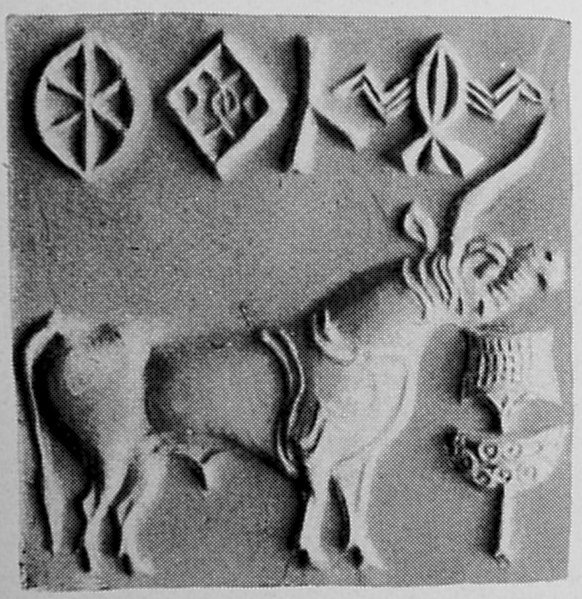
However, it is the seals found at Mohenjo Daro that hold particular significance. Made of steatite, these seals feature engraved script and images. The script, known as the Indus script, remains a mystery to this day. Despite numerous attempts, archaeologists and linguists have not been able to fully decipher this ancient script, leaving much of the history and literature of the Indus Valley Civilization locked away in these enigmatic symbols.
Trade and Connections
The presence of imported materials at Mohenjo Daro provides evidence of a well-developed trade network. The discovery of lapis lazuli from Afghanistan and carnelian from Gujarat suggests that the ancient Indus Valley people engaged in long-distance trade with these regions. This indicates not only the economic prosperity of the civilization but also its ability to establish and maintain trade connections over vast distances.
References:
Marshall, J. (Ed.). (1996). Mohenjo-Daro and the Indus Civilization: Being an official account of archaeological excavations at Mohenjo-Daro carried out by the Government of India between the years 1922 and 1927 (Vol. 1, illustrated reprint). Asian Educational Services.
